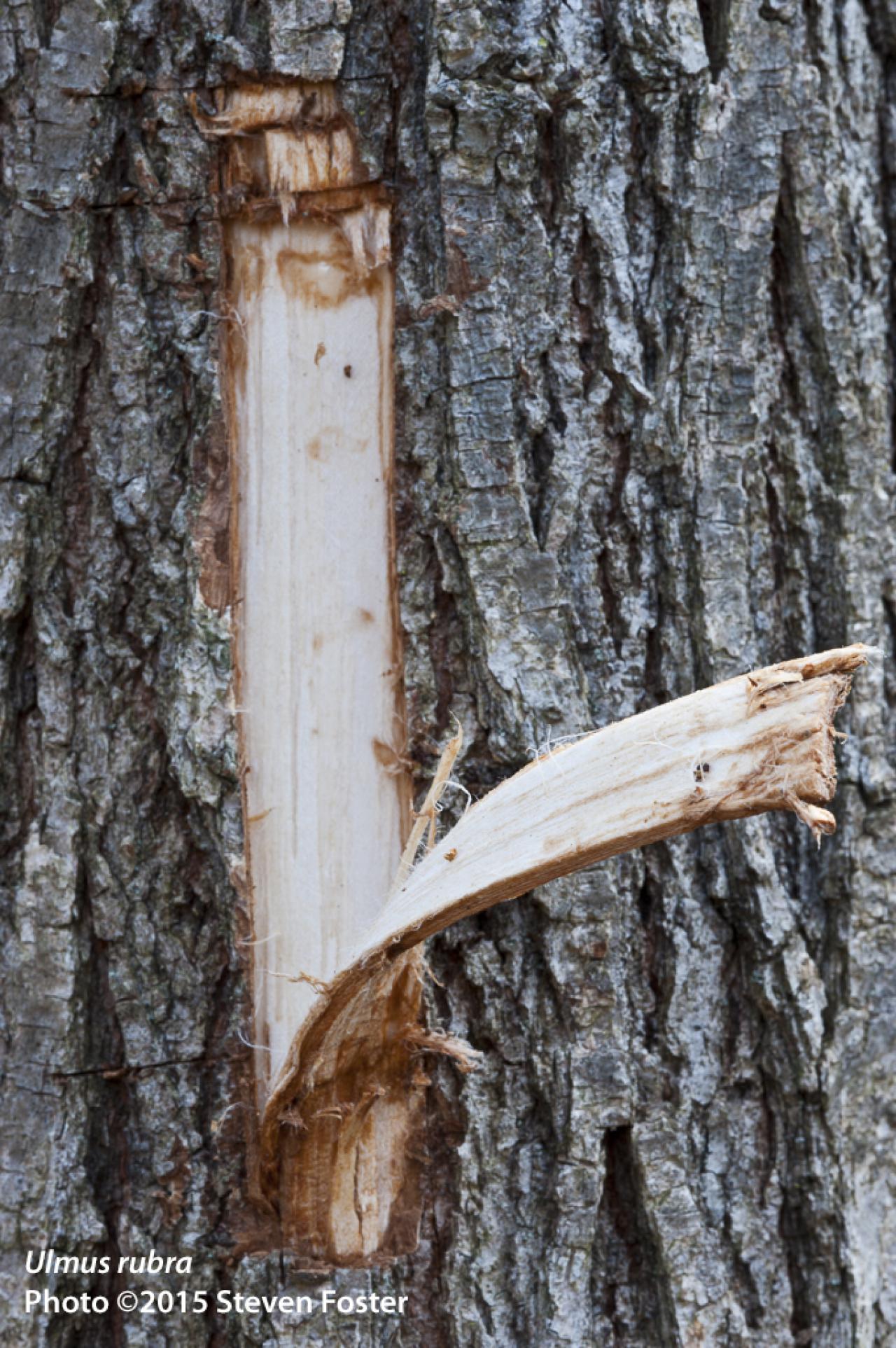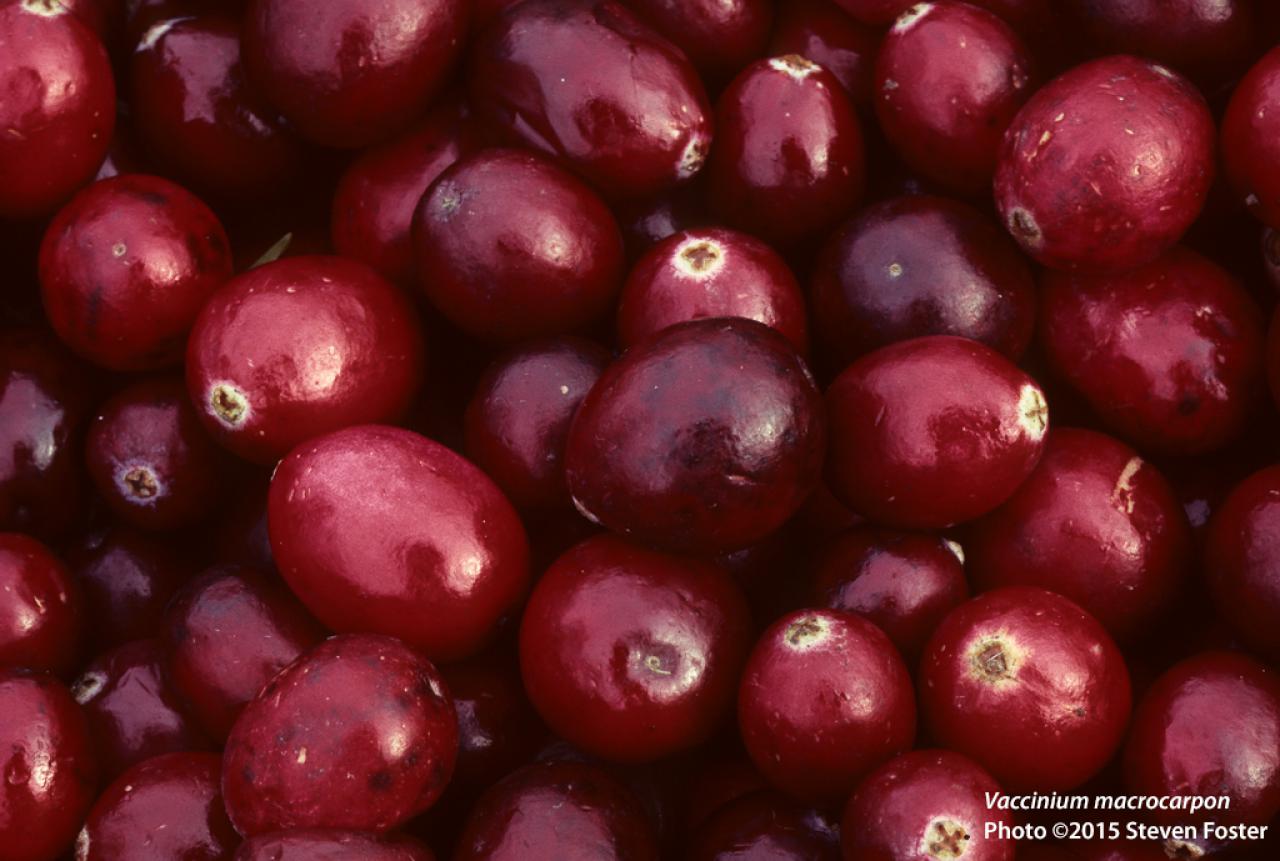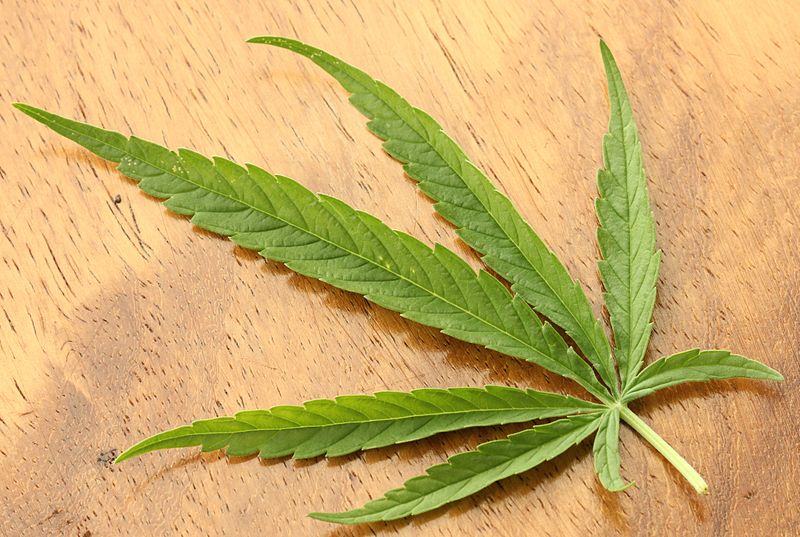|
Health-conscious consumers are not only
using botanicals in record numbers for their own well-being but, increasingly,
they also are turning to herbal supplements for their pets. “What’s good for
the goose is good for the gander,” and many herbs that show up on the
supplement aisle, such as chlorophyll/chlorella (Chlorella vulgaris, Chlorellaceae) and flax (Linum usitatissimum, Linaceae), are being marketed for companion
animals, mainly cats, dogs, and horses.
According to the labeling used by Chicago-based marketing firm SPINS, the
market for “pet supplements” comprises two broad categories: supplements, which
deliver the botanicals in what is usually a solid dosage form, and treats and
snacks, which include the botanical or blend of botanicals as a part of a baked
biscuit, cookie, or other tasty reward. The market so far shows uneven growth:
for a 52-week period that ended August 9, 2015, SPINS recorded total aggregate sales
of $43,044,385 across both categories, a 25% decrease from the same time period
in 2014. However, the market in 2014 grew by 12% over 2013. These data include
products sold in the natural, specialty/gourmet, and mass-market channels in
the United States. They do not take into account sales from Whole Foods Market,
which does not report its sales to marketing firms, or direct sales from businesses
that sell solely on the Internet.
Natural Medicine Practice for Pets
While complementary and integrative therapies for animals, including herbal
supplements, are gaining popularity and visibility in the United States, they
are not new practices. Traditional Chinese veterinary medicine (TCVM), along
with traditional Chinese Medicine for humans, has been practiced for thousands
of years, using both herbal remedies and practices such as acupuncture,
nutritional therapy, and therapeutic massage.
“Far and away, I used Chinese herbal formulations most often because that is
where most of my training lies,” wrote Clay Bernard, DVM, head veterinarian at
Even Flow Veterinary Herbal and Acupuncture in Austin, Texas (email, October
28, 2015). “I see great results from them…. Many pet owners come to me looking
for another option for treatment when conventional options have either been
exhausted [or] unsuccessful.”
The United States has several professional societies and training programs for
the practice of integrative veterinary medicine, including the American
Holistic Veterinary Medical Association, Veterinary Botanical Medicine
Association, and the American College of Veterinary Botanical Medicine. “I
think there are still a few skeptics among clinicians and pet guardians,” Dr.
Bernard admitted, “but the number seems to be shrinking. I think most people
have seen results first-hand, or know someone whose animal has benefitted from
acupuncture, herbs, food therapy, chiropractic, or other means of natural
healing.”
The market is responding. In October 2015, the second annual Petfood and Animal
Nutrition Conference was held in Chicago, Illinois. Exhibitors and speakers
from all aspects of the animal nutrition industry, including natural
supplements, were represented. In 2015, natural supplement brand NOW®
Foods released its own line of pet supplements. In 2009, former HerbalGram Managing Editor Courtney
Cavaliere examined the pet supplement market from a regulatory perspective in issue
82.1
According to Bill Bookout, president and chair of the board of directors of the
National Animal Supplement Council (NASC), an industry trade organization,
little change has been made regarding the regulatory status of animal
supplements (oral communication, November 3, 2015). The Dietary Supplement
Health and Education Act of 1994 (DSHEA) applies only to products intended for
human consumption, and no parallel law creating a “dietary supplement” category
for animal products exists. Therefore, products for animals are classified as
either a “food” or a “drug.” Legally, most animal supplements are food
additives, said Bookout. Since they are not dietary supplements, they cannot be
labeled with or advertise a structure/function claim.
Long-term solutions pertaining to the regulation of supplements for animals
have been debated since the passing of DSHEA, and still are being sought at the
state and federal levels. However, “the industry has been able to operate very
successfully under a framework of enforcement discretion, provided companies
act responsibly,” said Bookout.
The Herbal Pet Supplement Market in the United
States
For the past three years, chlorophyll/chlorella supplements have taken the
first spot in both the supplement and treats/snacks categories (Table 1, Table
2). These ingredients primarily are used to support immune system function in
humans, and have similar benefits for animals, including support of the
digestive tract and oral health. Other ingredients that are popular across both
categories include flax seed and/or oil, parsley (Petroselinum crispum, Apiaceae), and chamomile (Matricaria recutita, Asteraceae).
|
Table 1. The 20 Top-Selling Herbal Supplements for Animals
in the United States, August 2014 – August 2015 (per SPINS)*
|
|
|
Botanical†
|
Latin Binomial
|
Total Sales
|
% Change from 2014**
|
|
1
|
Chlorophyll/Chlorella
|
NA/Chlorella
vulgaris
|
$4,548,754
|
-64.80%
|
|
2
|
Parsley
|
Petroselinum crispum
|
$3,246,821
|
5.89%
|
|
3
|
Peppermint and Other Mints
|
Mentha spp.
|
$1,281,459
|
7.94%
|
|
4
|
Chamomile
|
Matricaria recutita
|
$725,928
|
-15.29%
|
|
5
|
Garlic
|
Allium sativum
|
$495,399
|
-2.01%
|
|
6
|
Alfalfa
|
Medicago sativa
|
$285,237
|
2.79%
|
|
7
|
Flax seed and/or oil
|
Linum usitatissimum
|
$208,423
|
-24.17%
|
|
8
|
Lavender
|
Lavandula angustifolia
|
$134,844
|
-55.58%
|
|
9
|
Grass (Wheat or Barley)
|
Triticum aestivum or Hodeum vulgare
|
$75,906
|
-25.63%
|
|
10
|
Valerian
|
Valeriana officinalis
|
$51,419
|
22.78%
|
|
11
|
Mullein
|
Verbascum thapsus
|
$33,309
|
-0.37%
|
|
12
|
Cranberry
|
Vaccinium macrocarpon
|
$29,273
|
5.09%
|
|
13
|
Cayenne
|
Capsicum annuum
|
$21,572
|
-88.14%
|
|
14
|
Yucca
|
Yucca spp.
|
$12,828
|
-54.82%
|
|
15
|
Red Clover
|
Trifolim pretense
|
$4,733
|
1897.05%
|
|
16
|
Barberry
|
Berberis vulgaris
|
$3,735
|
-35.51%
|
|
17
|
St. John’s Wort
|
Hypericum perforatum
|
$3,414
|
61.88%
|
|
18
|
Goldenseal
|
Hydrastis canadensis
|
$3,179
|
2272.39%
|
|
19
|
Skullcap
|
Scutellaria lateriflora
|
$2,887
|
N/A
|
|
20
|
Boswellin or Boswellia
|
Boswellia glabra
|
$2,885
|
-13.13%
|
|
|
All Other Herbs Total
|
|
$11,172
|
|
|
|
Total Sales
|
|
$11,183,177
|
-43.67%
|
|
*Source: SPINSscan Natural, SPINSscan Specialty
Gourmet, and SPINSscan Conventional Multi-Outlet powered by IRI, 52 weeks
ending August 9, 2015.
†Herb coded as primary ingredient.
**52 weeks ending August 10, 2014.
|
Flax seed and its oil contain alpha-linolenic acid, linoleic acid, and omega-3
fatty acids, which aid in thedevelopment and maintenance of the brain, liver,
and heart. Animal models have shown that these are vital to the healthy development
of young animals and may also improve their skin, coat, and nails.2,3
Flax can be administered either in supplement form or the ground seeds and oil
can be added directly to the animal’s food.4 The consumption of
parsley can improve gastrointestinal and urinary symptoms, as well as joint
disorders, such as gout and arthritis. Chamomile can be used in the diet as a
tea or tincture, or applied as a salve or ointment for a multitude of benefits.
Given orally, chamomile acts as a mild sedative and gentle digestive tonic.
Applied topically, chamomile preparations can relieve mild inflammation due to
insect bites, allergies, or bacterial or fungal infections.5 and its oil contain alpha-linolenic acid, linoleic acid, and omega-3
fatty acids, which aid in thedevelopment and maintenance of the brain, liver,
and heart. Animal models have shown that these are vital to the healthy development
of young animals and may also improve their skin, coat, and nails.2,3
Flax can be administered either in supplement form or the ground seeds and oil
can be added directly to the animal’s food.4 The consumption of
parsley can improve gastrointestinal and urinary symptoms, as well as joint
disorders, such as gout and arthritis. Chamomile can be used in the diet as a
tea or tincture, or applied as a salve or ointment for a multitude of benefits.
Given orally, chamomile acts as a mild sedative and gentle digestive tonic.
Applied topically, chamomile preparations can relieve mild inflammation due to
insect bites, allergies, or bacterial or fungal infections.5
SPINS data identified new or more robust sales for several ingredients in the
supplement and treat market in 2015. The latest botanicals considered
beneficial for pets include slippery elm bark (Ulmus rubra, Ulmaceae) and skullcap (Scutellaria lateriflora, Lamiaceae) supplements, and cranberry (Vaccinium macrocarpon, Ericaceae) has been added to treats. Slippery elm is
commonly used in pets for its mucilaginous and anti-inflammatory properties,
and can be administered in cases of gastrointestinal distress, such as diarrhea
and constipation.4 Skullcap, considered a nervine tonic, can benefit
animals as an analgesic and anti-spasmodic for jittery conditions. Cranberry is
a source of proanthocyanidins, antioxidants that give cranberry its dark red
color. This makes it a useful addition to pet treats, which generally are given
daily and can help maintain urinary tract health.
|
Table 2. The 15 Top-Selling Herbal Treats and Snacks for
Animals in the United States, August 2014 – August 2015 (per SPINS)*
|
|
|
Botanical†
|
Latin Binomial
|
Total Sales
|
% Change from 2014**
|
|
1
|
Chlorophyll/Chlorella
|
NA/Chlorella
vulgaris
|
$20,623,873
|
1.02%
|
|
2
|
Flax seed and/or oil
|
Linum usitatissimum
|
$6,415,345
|
-44.64%
|
|
3
|
Parsley
|
Petroselinum crispum
|
$3,167,581
|
-12.89%
|
|
4
|
Alfalfa
|
Medicago sativa
|
$1,451,904
|
-0.07%
|
|
5
|
Chamomile
|
Matricaria recutita
|
$93,124
|
-70.01%
|
|
6
|
Chia seed or oil
|
Salvia hispanica
|
$24,320
|
309.77%
|
|
7
|
Turmeric
|
Curcuma longa
|
$22,937
|
-2.23%
|
|
8
|
Clove
|
Syzygium aromaticum
|
$20,092
|
136.96%
|
|
9
|
Cherry fruit
|
Prunus avium
|
$17,147
|
26.67%
|
|
10
|
Ginkgo
|
Ginkgo biloba
|
$8,676
|
39.71%
|
|
11
|
Kelp
|
Laminaria digitate
|
$8,169
|
34.76%
|
|
12
|
Cranberry
|
Vaccinium macrocarpon
|
$2,729
|
N/A
|
|
13
|
Lemon balm
|
Melissa officinalis
|
$1,558
|
360.95%
|
|
14
|
Grass (Wheat or Barley)
|
Triticum aestivum or Hodeum vulgare
|
$1,522
|
-39.22%
|
|
15
|
Thyme
|
Thymus vulgaris
|
$873
|
-4.69%
|
|
|
All Other Herbs Total
|
|
$1,358
|
|
|
|
Total Sales
|
|
$31,861,208
|
-15.11%
|
|
*Source: SPINSscan Natural, SPINSscan Specialty
Gourmet, and SPINSscan Conventional Multi-Outlet powered by IRI, 52 weeks
ending August 9, 2015.
†Herb coded as primary ingredient.
**52 weeks ending August 10, 2014.
|
As with the human supplement market, consumers have concerns regarding the
quality and purity of the products given to their animals. Bookout acknowledges
the need for vigilant oversight and accountability to ensure consumer
confidence. He called product quality “not a destination, but a journey,” and said
that the NASC “supports a philosophy of continuous improvement.”

In an effort to ensure a trustworthy supply
chain for manufacturers, the NASC has recently instituted its “Preferred
Supplier Program,” in which interested parties must provide the NASC with an
ingredient profile sheet for each botanical, vitamin, or other product they
produce. The standards are stringent, but manufacturers who qualify for the
Preferred Supplier Program will be available for viewing to NASC members, along
with their ingredient profiles, testing data, and regulatory inspection audits.
Bookout said that the NASC consults with leaders in the supplement industry to
determine what tests are necessary to maintain high quality and purity
standards.
Off-Market Considerations: Cannabis
With a growing number of states legalizing medical and/or recreational
marijuana (Cannabis sativa,
Cannabaceae) use, it follows, of course, that products containing marijuana are
becoming an increasingly popular — and dubiously legal — option for pet owners.
Even in states with legal medical marijuana use, however, veterinarians cannot
by law prescribe or recommend cannabis for animals (though in Nevada, that may
soon change: a law, SB372, which was introduced to the legislature in March
2015, has a provision called “pot for pets”6). Another option for
the cannabis-minded pet owner is hemp and hemp products. Industrial hemp
farming has been legal in Canada since 1998, and to date, 22 American states
have legalized hemp production, as well.7,8 Unlike marijuana, hemp
contains a negligible amount of the psychoactive compound tetrahydrocannabinol
(THC) and cannot be used to produce psychoactive effects. Hemp can be processed
as a source of fibers for rope, cloth, and paper, and its seed is a nutritious
food product that contains protein, vitamin E, and the essential fatty acids
omega-3 and omega-6. 
Because of marijuana’s strict Schedule I classification in the United States,
research into its efficacy for humans is minimal, and efficacy for animals even
more so. However, anecdotal evidence from owners who used marijuana or
marijuana products to ease their animal’s end-of-life care, joint pain, or
degenerative condition (including cancer) indicates the possibilities for
future research.9 “I get asked about it at least weekly, so the
demand is there,” Dr. Bernard noted. “I’m all for ‘pot for pets’ and anything
natural that can [facilitate] healing and eliminate/minimize pain or
discomfort. I think there is still much to learn, however, about its use in the
animal world…. To not explore that further would be a shame.”
But pet owner beware: cannabis pet products have no regulatory oversight from
the US Food and Drug Administration (FDA), and marijuana does not always
present a safe, non-toxic treatment option. Though no lethal human overdoses
have been recorded, marijuana ingestion can be injurious or fatal to animals.
States with legalized medical marijuana have seen increasing reports of
marijuana toxicosis in pets. According to one study, it was responsible for the
death of two dogs.10
Conclusion
The practice of herbal medicine for animals has a millennia-long history,
especially in the Chinese tradition. In the United States, the market for
herbal pet products is so far uneven, but pointing towards a trend of growth
overall. Pet owners increasingly are seeking out alternative therapies for
their companion animals, embracing holistic practitioners and natural medicines
— including medicinal marijuana. The growing mainstream interest and
introduction of new products indicate that the US market for animal-oriented
herbal remedies, though unstable at the moment, may be at the start of an
impressive upswing.
—Hannah Bauman
References
- Cavaliere C. The
expanding market and regulatory challenges of supplements for pets in the
United States. HerbalGram.
2009;82:34-41. Available here.
Accessed September 28, 2015.
- Bourre JM, Dumont
O, Clement M, Durand G. Fatty acids of the alpha-linolenic family and the
structures and functions of the brain: their nature, role, origin, and dietary
importance — animal model. Corps Gras
Lipides 2. 1995;2(4):254-263.
- Merchant S.
Advances in veterinary dermatology. Compendium.
1994;16:445.
- Wulff-Tilford ML,
Tilford GL. All You Ever Wanted to Know
about Herbs for Pets. Irvine, CA: BowTie Press; 1999.
- Budgin JB, Flaherty
MJ. Alternative therapies in veterinary dermatology. Vet Clin North Am Small Anim Pract. 2013;43(1):189-204.
- Rindels M. Nevada
Bill Would Allow Medical Marijuana for Sick Pets. The Huffington Post.
March 17, 2015. Available here. Accessed October 21, 2015.
- Industrial hemp.
Agriculture and Agri-Food Canada website. October 1, 2013. Available here. Accessed November 2, 2015.
- Lempert P. Do you
really know the differences between hemp and weed? Forbes. April 20, 2015. Available here. Accessed November 2, 2015.
- Nolan, RS.
Veterinary marijuana? JAVMANews. June
15, 2013. Available here. Accessed October 21, 2015.
- Meola
SD, Tearney CC, Haas SA, Hackett TB, Mazzaferro EM. Evaluation of trends in
marijuana toxicosis in dogs living in a state with legalized medical marijuana:
125 dogs (2005-2010). J Vet Emerg Crit
Care (San Antonio). 2012;22(6):690-6.
|